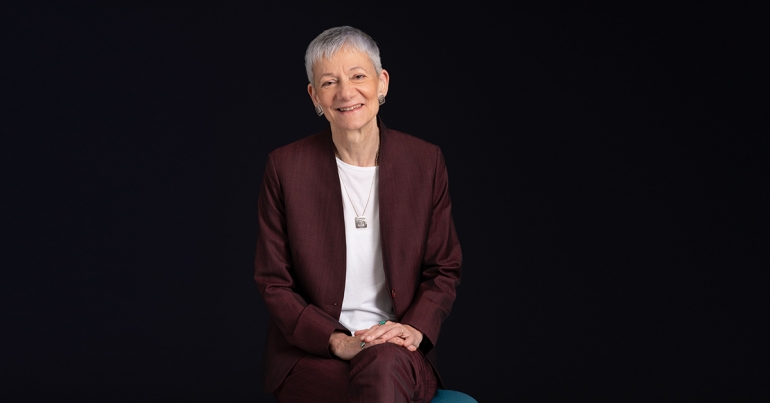For those of us in Sydney, as the number of people singly and doubly dosed with the COVID vaccination rise there is some sense of emerging from the lockdown tunnel. Nevertheless, case numbers of COVID remain higher than any of us would have like to imagine last year, and there is continuing concern about the failures of the vaccine rollout plan and the impact of ‘opening up’ on particularly vulnerable groups. These include, of course, many people with disability.
The UNSW Disability Innovation Institute can look back over a busy month. A major highlight is the launch of our Associates Program. Long-planned but much delayed by COVID and other disturbances, we’re now delighted to start this next step in building a community of UNSW-linked disability researchers through a more formalised relationship with the Institute. Our first wave of Associates includes colleagues whose work has been seed funded by the Institute and the University’s Disability Champions, but we hope to welcome many more of you as Associates in the future. Later in this Newsletter you can read in detail about what Associateship entails and its mutual benefits. If you have an interest in disability research, teaching, or engagement, please think about applying!
Together with the rest of the Institute's team I’m delighted to be able to announce the launch of our new website. Please do visit us and take a look. And feel free to send us any feedback, comments and suggestions on how to make the website most interesting, accessible and useful!
I’ve previously reported on some of my involvement as Chief Investigator in the UNSW node of the ARC funded Centre of Excellence in Automated Decision Making and Society (ADM+S). Disability is an area of interest that cuts across several of the themes and focus areas of the Centre, and on 20 September an invitation-only meeting brought together researchers from across Australia (and occasionally beyond) with disability representative organisations and service providers. “Robodebt” is of course a now notorious example of where automated decision making can go wrong in public services. The aim of this meeting was simply to get a sense of where digital automation, artificial intelligence (AI) and similar technologies are being used, or may in future be used, specifically in the disability landscape in Australia. One of the key messages of the meeting was concern about how difficult it is, in practice, to get useful information about where and how AI is being applied in this field. Several commentators noted that automated systems are by definition best suited to dealing with standardised categories and norms, yet by definition many people with disability fall outside the ‘norms’ of human form and function. This raises the risk (or even likelihood) that automated services will be too inflexible to identify and suit their needs. Georgia van Toorn and I are currently working towards empirical and theoretical analyses of significant case studies of ADM in disability support and healthcare.
Early in September I was honoured to be asked to chair and participate in a panel on Sound and Silence: Deaf Stories in this year’s Antidote Festival. As many of you will know, Antidote, “a festival of ideas, action and change”, has been held annually at Sydney Opera House since 2017. You can read more about the panel here.
The Antidote Festival panel is a nice segue into talking about the International Week of Deaf People (IWDP). This week, previously known as the International Week of the Deaf, is an initiative of the World Federation of the Deaf (WFD) and was first launched in 1958 in Rome, Italy. Celebrated in the last full week in September, it also includes the International Day of Sign Languages (IDSL), held on 23 September each year.
The IDSL celebrates the more than 300 different sign languages used by some of the world’s 70 million deaf people. It highlights the need to support and protect the linguistic identity and cultural diversity of all sign language users. In contrast to many popular beliefs, sign languages are not crude gestural alternatives to speech but distinct natural languages with their own complex structure and grammar. In the past, and still in some places today, deaf people have been stigmatized for using sign languages and deaf children have been forbidden to use it. (I certainly remember this from my childhood.) The UN Convention on the Rights of Persons with Disabilities now recognizes the equal status of sign with spoken languages, and in fact places states parties to the Convention under the obligation to support the learning of sign language and promote the linguistic identity of the deaf community worldwide. In line with this, the 2021 theme for IDSL is “We Sign For Human Rights”.


